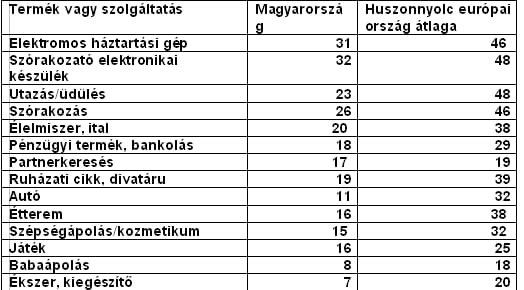Global consumers' intent to buy food and beverages online grows 44 percent in 2 years
According to a new study from Nielsen, a leading global provider of information and insights into what consumers watch and buy, global consumers’ intent to buy food and beverages online increased 44 percent in two years, with more than one-quarter (26%) of global respondents reporting they planned to purchase food and beverage products by way of a device with Internet access, such as a computer, mobile phone or tablet, in the next three to six months. Additionally, 61 percent of global respondents said they used the Internet for grocery shopping research.
The Nielsen Q1 2012 Global Survey surveyed more than 28,000 Internet respondents1 in 56 countries and found that product categories with growing global purchase intent via an online connected device include skin care and cosmetics, which rose three percentage points from 2010 to 25 percent; computer/game software, increased 18 percentage points to 29 percent; entertainment tickets grew 10 points to 30 percent; computer/game hardware increased six points to 25 percent; video/music (CD, VCD, DVD) rose five points to 23 percent; cars/motorcycles and accessories increased four points to 11 percent and apparel/accessories/shoes/jewelry grew one point to 37 percent. One in five (20%) planned to purchase electronic books and digital newspaper and magazine subscriptions, a new category added to the survey in 2012.
“While non-consumer packaged goods (CPG) products such as clothing, books and consumer electronics report the highest penetration for digital shopping intentions, online influence for CPG products is clearly growing,” said John Burbank, president, Strategic Initiatives, Nielsen. “Marketers need to determine which consumers are embracing digital for their grocery shopping needs so they can focus on the right shoppers with the right digital strategies to improve consumers’ online experience.”
Online Activities and Grocery Shopping
Nielsen’s survey finds that 61 percent of global respondents indicated using the Internet for grocery shopping research in the past month, such as checking prices or reading a consumer review. Forty-five percent used the Internet to get information about a grocery product, 43 percent searched for deals, 33 percent read a grocery retailer’s promotional circular/flyer, 33 percent looked for coupons, 26 percent browsed a manufacturer website, 18 percent provided feedback through social media and 11 percent used a digital shopping list.
“Online shopping delivers key attributes shoppers demand, such as convenience, value and choice,” said Burbank. “However, the Internet and more specifically e-commerce, will be successful to varying degrees of impact on consumer packaged goods depending on the product category. For these CPG categories, shoppers are more likely to adopt a multi-channel approach, where online shopping becomes a supplement to traditional brick-and-mortar retailing.”
Respondents from countries in Asia-Pacific said they used the Internet to conduct research (70%), compare prices (48%) and provide feedback through social media (26%). Latin American respondents were the most active deal seekers (64%) and manufacturer website browsers (41%) while more North Americans looked for coupons online (43%) than respondents in any other region.
Time Spent Online For Grocery Shopping-Related Activities
According to Nielsen’s survey, nearly half (47%) of respondents reported spending at least 25 percent of their total research time for grocery shopping-related activities on a connected device. Twenty-three percent indicated spending at least half their research time on the Internet.
For those respondents who said they used the Internet for grocery shopping-related activities, more than half (63% – 91% depending on type of activity) of global respondents did so weekly or monthly. One-third of global respondents indicated using the Internet daily to conduct research (37%), provide feedback via social media (33%), look for deals (31%) and search for product information (31%).
“In a world where consumers have increasing influence on a brand’s perception through social media, ratings and reviews, authentic responses and generating advocacy is critical,” said Burbank. “Marketers need to encourage feedback and provide specialized experiences that increase engagement and build a two-way relationship with the brand.”
Related news
Related news
The New Year’s Eve fireworks fair is back: temporary sales will start in department store parking lots at the end of December
🎧 Hallgasd a cikket: Lejátszás Szünet Folytatás Leállítás Nyelv: Auto…
Read more >The first Eastern European non-alcoholic beer turns 50
🎧 Hallgasd a cikket: Lejátszás Szünet Folytatás Leállítás Nyelv: Auto…
Read more >Sausage: pork prices are already going down, but they won’t be cheaper in stores – a significant correction may come in the spring at the earliest
🎧 Hallgasd a cikket: Lejátszás Szünet Folytatás Leállítás Nyelv: Auto…
Read more >





